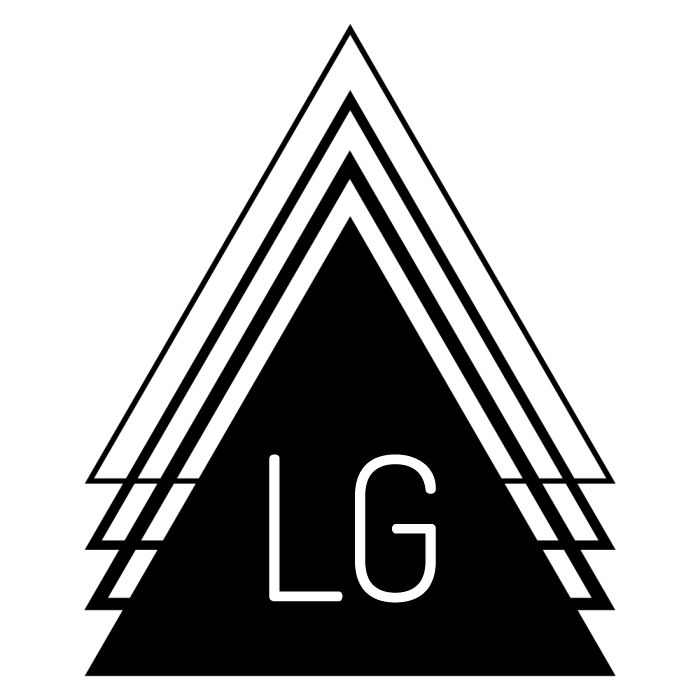When It Comes to Pricing, Context is King
The name of business is value creation. The elements that generally come to mind with regards to creating value are the obvious ones, like improving the product or service. There are also tertiary elements that are frequently considered not too far thereafter like the customer experience, branding, and marketing. Meanwhile, there’s another way to create value that costs nothing and has everything to do with context.
Let me give you a classic example. Have you ever wondered why even the slimiest corner liquor stores have surprisingly impressive bottles of liquor on their top shelves? There’s actually a good reason why the same place you get Cheetos and chewing gum also has a $300 bottle of Don Julio 1942. Spoiler Alert: It’s not to sell the Don Julio.
The reason there are premium bottles like this are on sell is to create context. They are there to shape the value-creating context I’m talking about. Specifically speaking, the bottles of Don Julio 1942 are actually there to sell more $36 bottles of Casamigos.
Let me explain. The classic example of this value-creating context is a wine-buying scenario. Put yourself in these shoes:
You’re late to a holiday party at an acquaintance’s home. You’ve decided you ought to bring a bottle of red wine as a gift. You’re a non-discerning wine drinker presented with three options. The first bottle of red is $11.99, the second is $19.99, and the third is $24.99.
Many non-discerning buyers would be “reasonable” and grab the middle, $19.99, option and move along with the night. The logic being, that since it is a gift, you don’t want to be cheap and choose the $11.99 bottle. Similarly, you aren’t into wine enough to buy the most expensive kind, of course. But, what if the owner of the convenience store could increase his value creation and ultimately his bottom line by choosing a pricing structure that created value through context?
Now, rewind the tape. You walk hastily into the same store with four options, including the three mentioned above and a fourth bottle for $39.99. Are you more open to choosing the $24.99 bottle than you were before?
What we know is that this simple additional pricing context sells more $24.99 bottles than would ever be sold in the previous scenario. This additional $15 in value creation isn’t nominal and it didn’t come from any of the traditional means of value creation like improving the product itself or marketing.
This begs the ultimate question. Are you pricing your products and services in a way that creates a context of value? Most businesses are leaving value off their bottom line by not having a premium product offering to help raise the value of the customers they are already getting. If this is you, let the notion that the liquor store owner vulnerably puts the premium bottle of Don Julio on sale but doesn’t also feel the pressure to sell any $300 bottles as freedom to put a premium product or service of your own out into the world to create context for your other offerings.
—–
Logan Gelbrich
@functionalcoach
—–

